The Ultimate Guide to the Top 10 Browsers for Web 2.0 vs Web 3.0.
Ever been in a tech meeting and heard someone talk about Browsers for Web 2.0 vs Web 3.0 the latest browser or operating system, only to realize you have no idea what they’re talking about?
You’re not alone. Whether it’s Web 2.0 or Web 3.0, understanding the nitty-gritty of different browsers can be confusing and overwhelming. Until now—because we’ve put together this ultimate guide to the top 10 browsers out there today.
Introduction to Web 2.0 vs Web 3.0
So, you’re trying to decide which browser to use? Well, it all comes down to Web 2.0 and Web 3.0. With the development of the internet, we have seen the evolution of web technology and its influence on browsers. In the world of web browsers, Web 2.0 and Web 3.0 are both driving forces—each presenting its unique advantages and disadvantages when it comes to accessing content online.
When choosing a browser, you need to decide which technology best aligns with your needs—are you looking for an immersive user experience or a more simplified one? By understanding what Web 2.0 and Web 3.0 have to offer, you can make an informed decision about what type of browser best suits your requirements.
Spotify Vs Audios
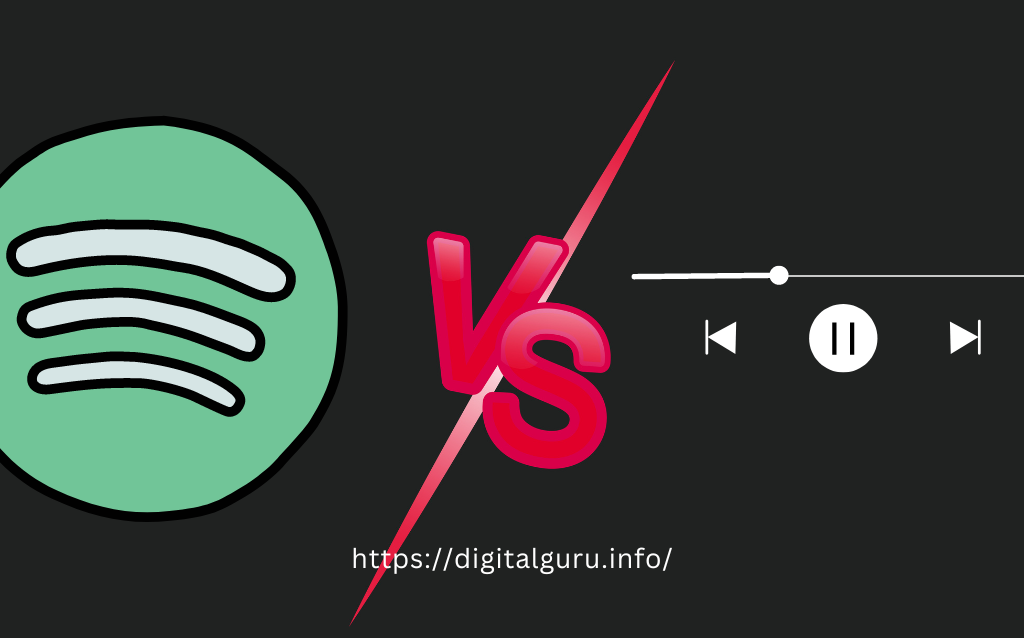
The biggest difference between Web 2.0 and Web 3.0 is the way content is delivered. Web 2.0 is mostly static, with static information that’s relatively easy to access, while Web 3.0 is much more dynamic and interactive, and can be personalized to the user’s needs.
Google Vs Presearch
One of the biggest debates in browser technology is Google vs Presearch. Both of these browsers offer unique features, each with their strengths and weaknesses.
Let’s take a look at the differences between them:
- User Interface
- Google has an intuitive user interface, which makes it easy to use and navigate. It also offers a variety of customization options, allowing users to tailor their experience to suit their individual needs. Presearch offers a more basic interface, but it does have an advanced search feature that can be used to quickly locate specific web pages or topics.
- Search Accuracy
- Google is renowned for its accurate search results, thanks to its powerful algorithms and a vast library of indexed websites. However, Presearch offers a more comprehensive search engine that searches other search engines as well as its index of websites and web pages. This means that it can provide better results for more specific queries.
- Security and Privacy
- Google is known for its robust security and privacy policies, which help protect users’ data from hackers or malicious actors. On the other hand, Presearch does not offer any explicit security guarantees, so users may want to be cautious when using their services.
Ultimately, both Google and Presearch have advantages and disadvantages when it comes to browser technology – it’s up to you to decide which one is best for your needs.
Google Maps Vs Hive Mapper

Seeing the world in a new way is easier with the right tools. That’s why it makes sense to take a closer look at two of the latest mapping services available: Google Maps and Hive Mapper.
From providing detailed route information and real-time traffic data to allowing you to see 3D renderings of buildings, both of these options have lots to offer. Here’s a quick comparison of Google Maps and Hive Mapper, so you can decide which one works best for your needs:
- Navigation
- Google Maps is well-known for providing reliable navigation. It offers turn-by-turn voice guidance, real-time traffic updates, as well as satellite images. On the other hand, Hive Mapper offers a more modern experience with its 3D maps that are built on Augmented Reality technology. This allows you to see 3D renderings of buildings, roads, and other points of interest right on your device.
- Data Sources
- Google Maps utilizes traditional data sources like satellite images and GPS coordinates to fuel its maps. On the other hand, Hive Mapper uses dynamic data sources such as Internet of Things (Iota) connected devices as well as AI algorithms to create its maps. This makes it more accurate than Google Maps in certain scenarios.
The decision between Google Maps and Hive Mapper will ultimately depend on what features you need from a mapping service and which type of data source works best for your needs. Now that you know more about these two services, why not explore them further?
Chrome Vs Brave

When it comes to web browsers, Chrome and Brave are two of the most popular options available. But which one is better when it comes to browsing the web on Web 2.0 vs Web 3.0?
- Chrome
- Chrome is a very popular browser, and is well-suited to browsing the web on Web 2.0 and Web 3.0. It’s fast, secure, and can be used on all major operating systems (Windows, Mac OS X, Android, and iOS). It also has an incredibly wide range of features, including support for extensions, as well as its App Store for downloading apps and add-ons.
- Brave
- Brave is a newer browser that has made some major waves in the market due to its focus on privacy and security. It has a built-in ad blocker that blocks advertisements from websites, which makes browsing the internet much faster than Chrome. It also has some innovative features such as Tor network support and private browsing mode.
When it comes to deciding between Chrome and Brave when browsing Web 2.0 or Web 3.0 websites, it ultimately depends on your individual needs and preferences as both have their advantages and disadvantages depending on your situation.
WhatsApp Vs Status
Are you stuck trying to decide between the two leading messaging apps WhatsApp and Status? Well, you’re in luck! This ultimate guide will provide you with all the information you need to make an informed decision about which one is right for you.
- WhatsApp is a popular messaging app that allows users to send text messages, images, audio and video recordings, documents, and user location. It also has a nudge feature, which allows users to nudge another user by sending a notification when they have not responded within a certain amount of time. The nudge feature comes in handy if you are trying to get someone’s attention quickly.
- Status
- Status is another equally popular messaging app that allows users to send text messages, images, audio and video recordings, documents, GIFs, and even emojis But what sets Status apart from the emoji App is its rich media capabilities such as “Stories” which allow users to post short videos or images that disappear after 24 hours as well as its extensive privacy features such as end-to-end encryption and self-destructing messages.
So if you’re looking for a secure messaging app with multiple features and options for personalization then Status is the right choice for Web 2.0 applications while Whatsapp is more suited for Web 3.0 applications.
YouTube Vs Odyssey (Web 2.0 vs Web 3.0)
When it comes to the top 10 browsers for Web 2.0 vs Web 3.0, one of the main competitors is YouTube versus Odyssey. YouTube has been around since 2005 and has become a household name for streaming video content. On the other hand, Odyssey is a newer browser that was launched in 2020 and focuses on delivering a more immersive web experience.
So which one should you choose? Let’s take a look at the differences between YouTube and Odyssey:
- User Interface – YouTube has a relatively straightforward user interface that makes it easy to find videos and quickly start watching them. Odyssey, on the other hand, offers a more immersive experience with its 3D navigation bar and interactive menus.
- Content Types – YouTube focuses mainly on streaming video content while Odyssey offers a variety of content types such as images, audio files, interactive games, virtual reality simulations, and more.
- Advertising – Both browsers support advertising in some capacity but when it comes to ads, YouTube takes the lead by allowing advertisers to place their ads directly into videos as well as having them appear on pages users visit from time to time during their browsing session.
In short, if you’re looking for an immersive web experience with plenty of content options then Odyssey may be your best bet; if streaming video content is your main focus then YouTube is the way to go.
Robin Hood Vs NEST Fi (Web 2.0 vs Web 3.0)
When it comes to choosing the right browser for your needs, it can be hard to narrow down exactly which one is right for you. That’s why it’s important to compare browsers so you can make an informed decision. Let’s take a look at two of the most popular browsers: Robin Hood and NEST Fi.
- User Interface
- In terms of the user interface, Robin Hood has a sleek, modern design and is easy to use. On the other hand, NEST Fi has a more complex interface, designed with advanced users in mind. It also has more options and features that allow you to customize your experience in more detail.
- Security
- When it comes to security, both Robin Hood and NEST Fi have strong encryption measures to protect your data from hackers and other malicious actors. However, NEST Fi is generally considered more secure than Robin Hood due to its advanced security protocols.
- Performance
- Both browsers have impressive performance when it comes to loading web pages quickly and smoothly. However, Robin Hood does have an edge here as it uses less memory and runs faster than NEST Fi on most systems.
- Support
- If you need help with either browser, both offer customer support through online forms or live chat. However, Robin Hood is known for its excellent customer support team that can help solve any technical issues you might face quickly and efficiently while NEST Fi offers only basic support by email.
In the end, which browser you choose depends on personal preference—do you want a more user-friendly interface or better security? Do you need more features or better performance? Whatever your needs are, there’s sure to be a top-level browser that fits them.
PayPal Vs Met mask (Web 2.0 vs Web 3.0)
If you’re trying to figure out which of the top 10 browsers is right for Web 2.0 vs Web 3.0, it’s important to consider the differences between PayPal and Meta Mask. PayPal is a popular digital payment platform that has been around for a while, while Meta Mask is a relatively new, blockchain-based platform.
When it comes to security, the two platforms have different approaches:
- PayPal utilizes centralized servers with cutting-edge encryption algorithms to protect your data and transactions, while Meta Mask uses distributed ledger technology (DLT) which safeguards users’ data from malicious actors.
- Moreover, PayPal offers instant payments and transfers that can be tracked and traced with ease. While Meta Mask provides users with enhanced privacy and anonymity when making transactions.
- Finally, PayPal is free up to certain transaction amounts; however, there are fees involved for larger transactions. In contrast, Meta Mask is completely free-for-all users, regardless of transaction size or frequency.
Ultimately, both platforms offer their own set of advantages and disadvantages. So it’s important to do your research before choosing the one that’s right for you!
Firefox Vs Sea Monkey (Web 2.0 vs Web 3.0)
Finally, let’s compare Firefox and Sea Monkey for Web 2.0 and Web 3.0, respectively. Both are open-source browsers with a big focus on privacy and security, though Firefox is the more popular choice. Due to its large support community and regular updates.
For Web 3.0 development, however, Firefox edges out Sea Monkey in terms of compatibility with different technologies. Like HTML5 Canvas rendering and other features such as support for Web’s shader language programs.
Internet Explorer Vs Firefox (Web 2.0 vs Web 3.0)
Are you trying to decide between Internet Explorer and Firefox for your web browsing needs? Both of these browsers have unique features and capabilities, so it can be difficult to choose one over the other. Here’s a rundown of the pros and cons of each browser, to help you make an informed decision.
- Internet Explorer Pros
- Internet Explorer is the most commonly used browser in the world due to its integration with Windows. It has good security features, as well as compatibility with most websites.
- Internet Explorer Cons
- However, Internet Explorer has been criticized for being slow and resource-intensive. Additionally, its compatibility with some web standards is not as good as other browsers like Firefox or Chrome.
- Firefox Pros
- Firefox is an open-source browser that is highly customizable, and it offers better security than Internet Explorer. It also has a wide range of extensions available that allow users to customize their web browsing experience even further. Additionally, Firefox is generally faster than Internet Explorer and tends to use fewer resources when running multiple tabs at once.
- Firefox Cons
- The major downside of Firefox is that it lacks support for some earlier versions of Windows. Though this shouldn’t be too much of an issue for most users. Since newer versions are available, they do support Windows 7 and later versions. Additionally, Firefox does not support Active controls as Internet Explorer does. So those looking for extra functionality may want to go with the latter instead.
Conclusion
In conclusion, each of the top 10 browsers for Web 2.0 and Web 3.0 have its strengths and weaknesses. Your choice of browser should be based on your specific needs. From the latest Chrome offering to the classic Firefox. Knowing the different features available for each browser can help you make an informed decision. Whether you’re looking for speed, compatibility, customization, or security. Each of these browsers offers something unique to make your web browsing experience easier and more enjoyable.


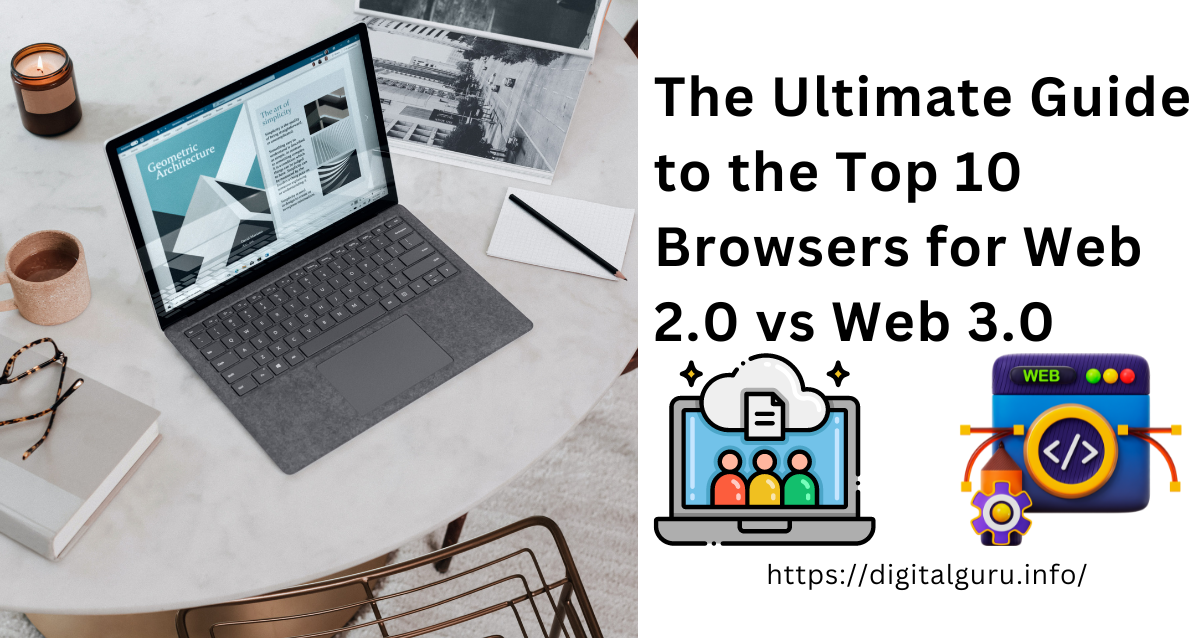

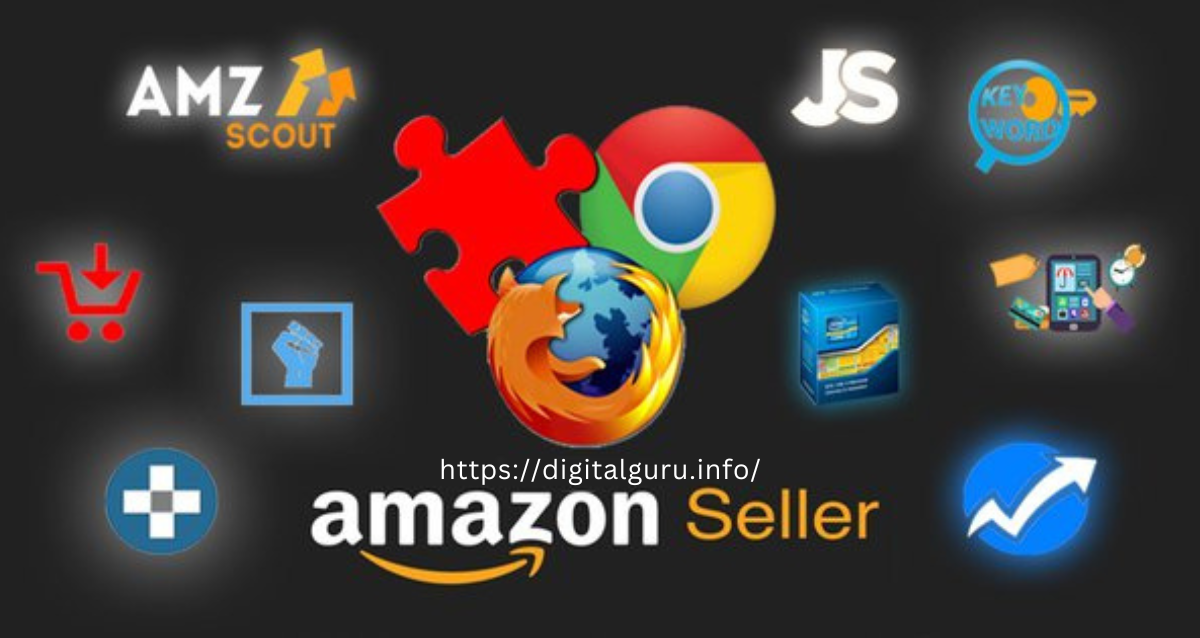
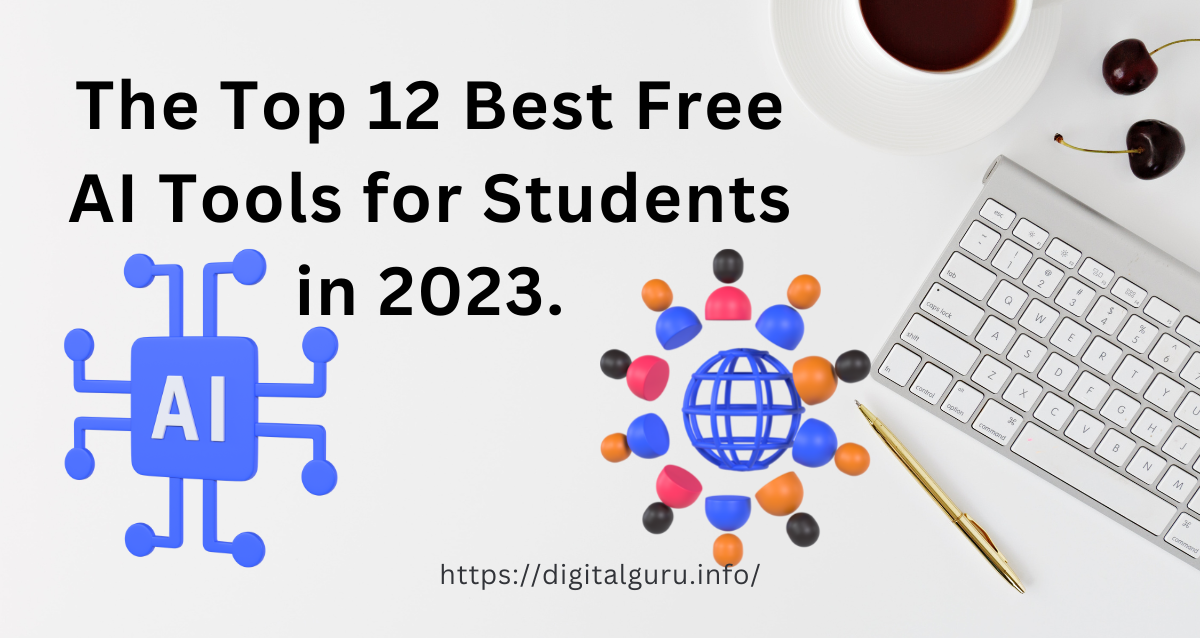




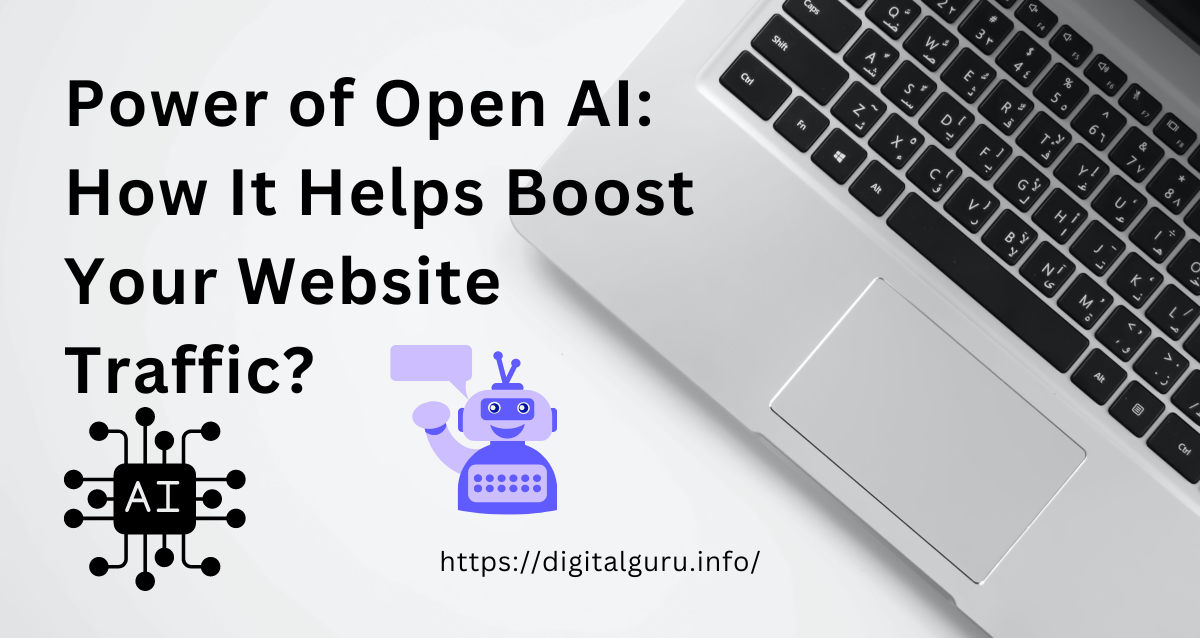


Leave a Reply